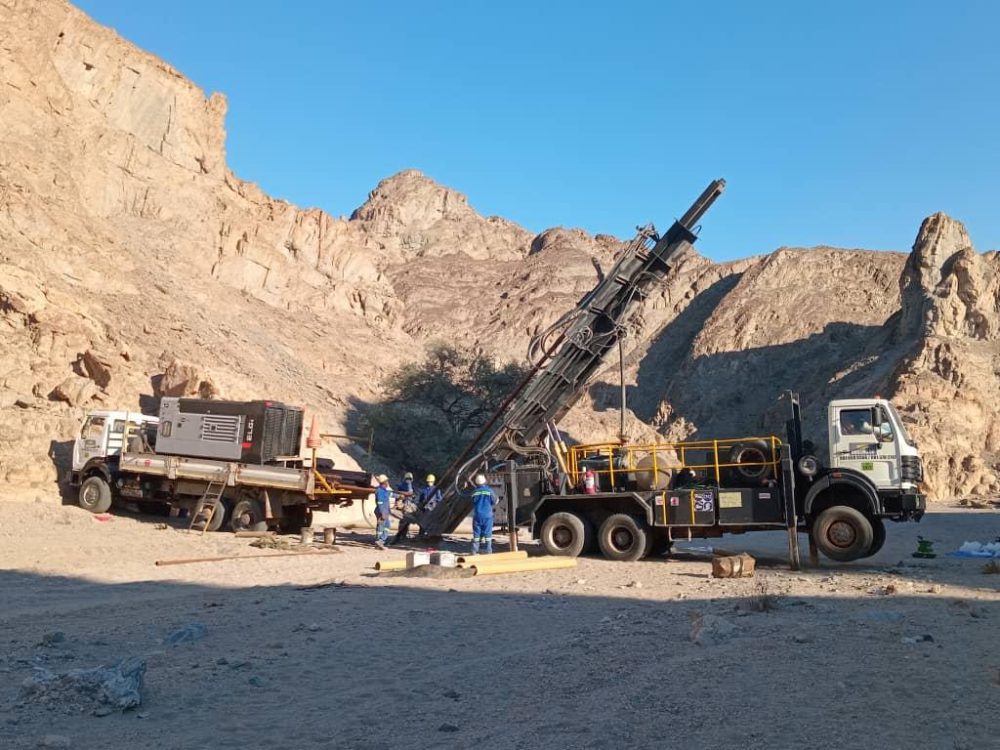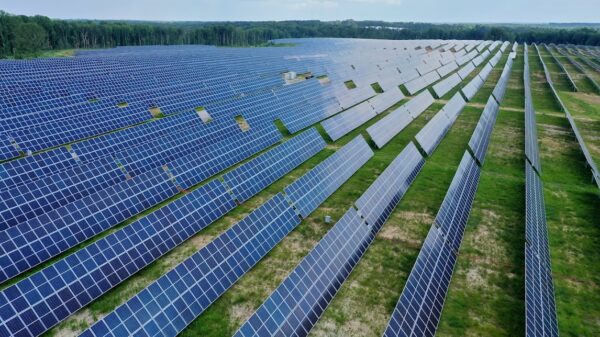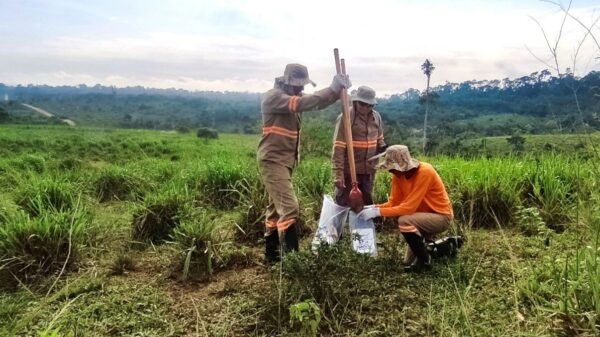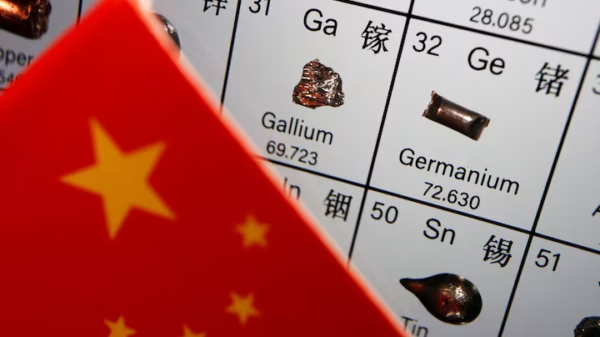Critical One Energy (CNSX: CRTL) (OTCQB: MMTLF) has tapped Geotech to perform an advanced airborne geophysical survey over its Howells Lake antimony-gold project in Ontario.
Announced on Monday, the survey will be used to build on antimony discoveries originally introduced in an earlier news release. Its overall aim is to identity new targets for both antimony and gold. The work also supports the company’s position as the owner and operator of Canada’s largest undeveloped antimony deposit.
Madison Metals, now operating as Critical One Energy, acquired the Howells Lake Antimony-Gold Project in December 2024. The property spans 13,990 hectares in Ontario’s Thunder Bay district.
Historical data outlines 1.7 million tonnes grading 1.7 per cent antimony, containing approximately 51 million pounds. Additionally, some zones reported gold grades of up to 2.3 ounces per ton.
Furthermore, a 1979 drill hole intercepted 5.37 per cent antimony over 8.35 metres, with one section showing 75 per cent antimony. The mineralization extends from surface to at least 150 metres and remains open both laterally and at depth.
Meanwhile, the company discovered over six kilometres of antimony-bearing alteration, suggesting strong expansion potential. Additionally, the area has seen no significant antimony-focused drilling in over four decades. Management plans to launch a field program that includes geophysics, mapping, trenching, and drilling to unlock the project’s full potential.
“This state-of-the-art, highly advanced airborne geophysical survey program marks a significant step in unlocking the full potential of the Howells Lake project,” said Duane Parnham, executive chairman and CEO of Critical One.
Read more: NevGold pulls up even more promising antimony grades from Nevada property
Read more: NevGold raises $5.5M for promising gold-antimony prospects in Nevada
China controls over 80% of global antimony supply
China currently controls over 80 per cent of global antimony supply. As a result, Western countries face growing supply chain vulnerabilities.
The U.S. and Canada both list antimony as essential to national security. Conversely, domestic production remains minimal or non-existent.
Also, global demand continues to rise as decarbonization and defense priorities intensify. This has placed the U.S. and Canada in a strategic bind, reliant on foreign—and sometimes adversarial—sources for supply.
Companies use antimony as a strategic metal used in flame retardants, batteries, semiconductors, and military applications. Furthermore, it strengthens lead and improves metal durability. China currently controls over 80 per cent of global antimony supply.
Also, both the United States and Canada list antimony as critical to national security. However, domestic production remains limited or non-existent, creating a dangerous dependency on foreign sources.
As demand rises due to defense needs and clean energy expansion, Western governments face mounting pressure to secure stable supplies. As a result, several gold-focused juniors have pivoted toward antimony.
Military Metals Corp (CNSX: MILI) (OTCMKTS: MILIF) (FRA: QN90) has expanded from gold into antimony by acquiring past-producing assets in Nevada and Nova Scotia.
Global Tactical Metals Corp (CNSX: MONI) (FRA: A7F) has done the same, focusing on the high-grade Green Antimony Mine.
Meanwhile, NevGold Corp (CVE: NAU) (OTCMKTS: NAUFF) (FRA: 5E50), which has been historically gold focused, evaluated antimony potential across select Canadian targets, recognizing that gold and antimony are often found in the same geological settings.
NevGold Corp is a sponsor of Mugglehead news coverage
.














